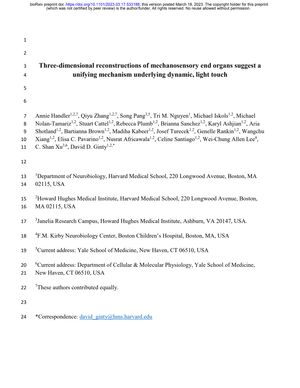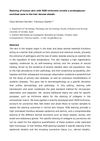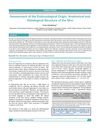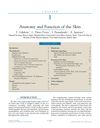Three-Dimensional Reconstructions of Mechanosensory End Organs Suggest a Unifying Mechanism Underlying Dynamic, Light Touch
March 2023
in “
bioRxiv (Cold Spring Harbor Laboratory)
”

TLDR Dynamic, light touch is sensed through a common mechanism involving Piezo2 channels in sensory axons.
The study provides detailed three-dimensional reconstructions of mechanosensory end organs, such as Meissner corpuscles, hair follicles, and Pacinian corpuscles, using advanced imaging techniques like FIB-SEM and electron microscopy. The researchers identified numerous axon protrusions along Aß RA-LTMR lanceolate endings and noted differences in neurofilaments and caveolae presence across different sensory profiles. These structural features suggest a unifying mechanism for dynamic, light touch, where mechanical stimuli stretch the axon membrane, activating Piezo2 channels and leading to mechanotransduction. The findings are supported by genetic and electrophysiological data, emphasizing the role of Piezo2 in sensory axons for light touch responses.



